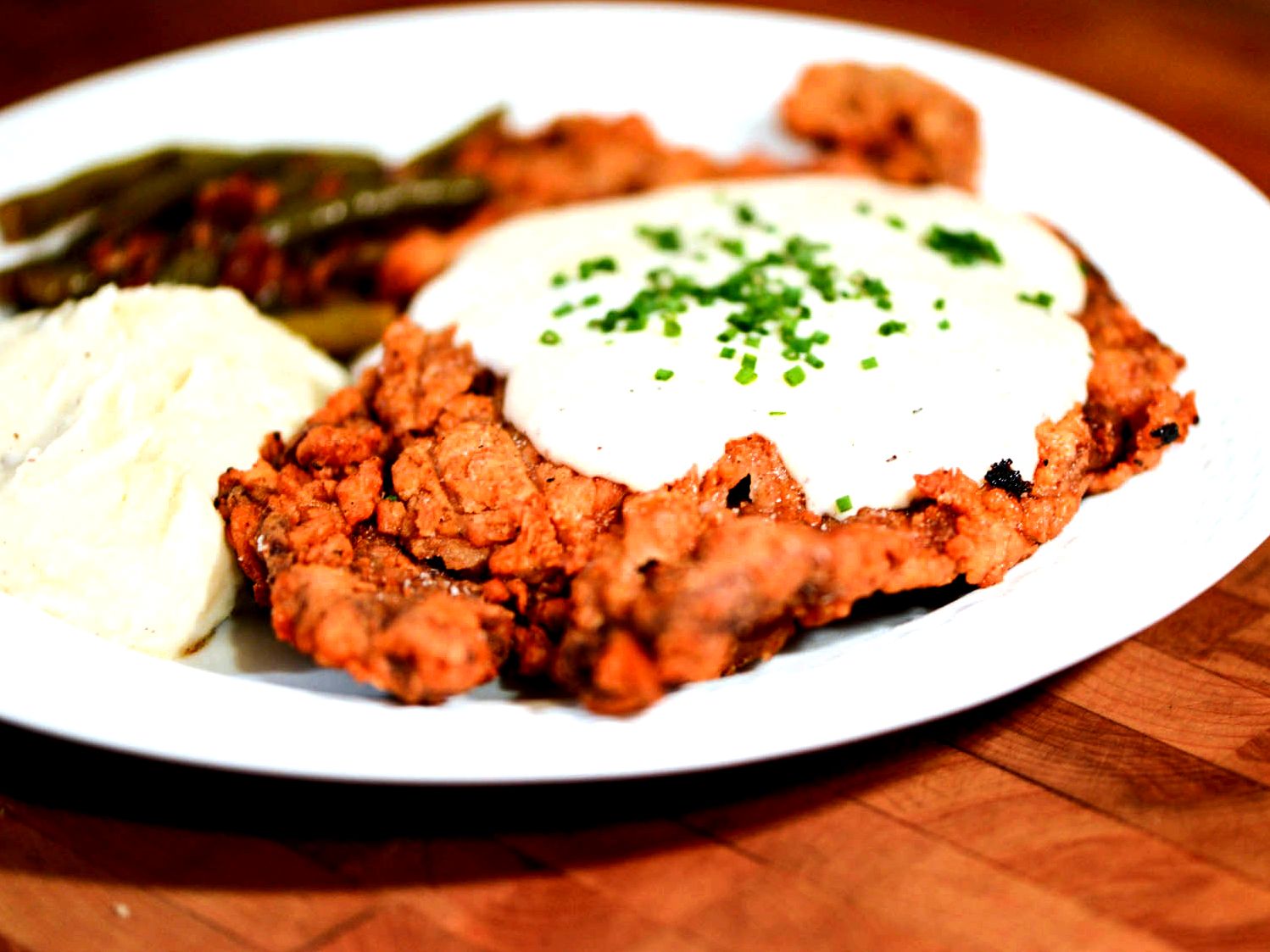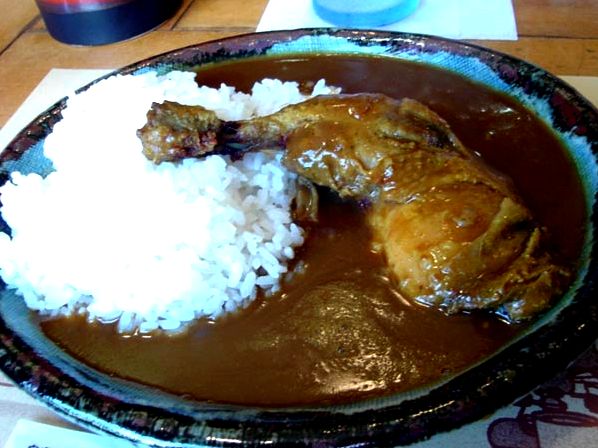
Claim: Chinese vegetation is processing chickens elevated by Tyson within the U.S. and shipping it well to America.
Examples: [Collected via Facebook, This summer 2015]
Someone said Tyson is firing 100K workers and delivering its chicken overseas to China to become cleaned and packaged after which came back for purchase within the U . s . States?
Have you ever all learned about Tyson? Cutting 75,000 jobs & delivering their chicken to China in the U . s . States to become processed in China. Then delivered back to America to become offered? BOYCOTT!! Tyson clients are delivering Chicken to China to become processed and came back to all of us for purchase.
Origins: In August 2013, the U . s . States Department of Agriculture’s (USDA) Food Safety and Inspection Service (FSIS) issued your final report concerning the food safety system managing the processing of chicken for export within the People’s Republic of China (PRC). The gist of this report was that four Chinese chicken processors were approved to start shipping a restricted quantity of processed chicken products towards the U . s . States, provided individuals products were produced from chickens elevated in countries that met FSIS standards:
The PRC was put into their email list of nations qualified to export processed chicken towards the U . s . States using the following stipulation: processed heat-treated chicken products should be produced from flocks slaughtered under (1) the U.S. inspection system or (2) the inspection system of some other country qualified to export slaughtered chicken products towards the U . s . States.
With all of outstanding issues resolved, the PRC may approve a summary of establishments qualified to export processed (heat-treated/cooked) chicken products towards the U . s . States, as lengthy because the raw chicken is sourced from countries which have been based on FSIS with an equivalent chicken slaughter inspection system.
This course of action adopted many years of wrangling between your U.S. and China within the export of meat products to one another:
The chicken trade between your U . s . States and China continues to be contentious for a long time. Underneath the Plant administration, the U.S.D.A. gone to live in allow imports of chicken from China, that has banned imports of yankee beef since 2003 over worries about mad cow disease.
In reaction, Congress blocked Chinese chicken exports. China retaliated by slapping huge tariffs on American chicken. The battle wound up in the World Trade Organization, which ruled the tariffs were excessive.
Next, the U.S.D.A. then audited Chinese processing plants, giving its approval to allow them to process raw wild birds in the U . s . States and Canada.
The USDA’s action in approving Chinese chicken exports towards the U.S. elevated concerns among many Americans, especially given China’s spotty record for product safety, the lack of on-site USDA inspectors, and the possible lack of essential for Chinese chicken exports to deal with labels identifying their country of origin:
China doesn't have the very best history for food safety, and it is chicken products particularly have elevated questions. The nation has already established frequent outbreaks of deadly avian influenza, so it sometimes continues to be slow to report.
Underneath the new rules, china facilities will verify that cooked products exported towards the U . s . States originated from American or Canadian wild birds. So no U.S.D.A. inspector will trouble the plants.
And since the chicken is going to be processed, it won't require country-of-origin labeling. Nor will consumers eating chicken noodle soup from the can or chicken nuggets inside a fast-food restaurant determine if the chicken originated from Chinese processing plants.
The USDA approval also elevated a number of issues for Americans about guarantees of food safety:
To begin with, how can consumers here realize that the processed chicken and poultry that's shipped to the U . s . States is identical chicken and poultry which was initially sent in the U . s . States or any other USDA-approved country to begin with? If USDA inspectors won't be on-site in China, how can U.S. consumers know set up chicken continues to be mishandled during processing, tampered with, or contaminated?
Even when Chinese processing plants have passed a FSIS inspection previously, what's to ensure that such sanitary conditions and processing techniques will be the same when China begins processing chicken to become imported to the U . s . States?
In addition, with no country-of-origin label, how can U.S. consumers know set up chicken or chicken product which they end up buying and consume originated from China? And when no such labeling is needed, then how else will U.S. consumers cover the cost of informed decisions concerning the chicken or chicken product which installed to their physiques?
In mid-2015, this problem was manifested online (as noted within the examples reproduced above) like a concern that American-based food companies were lounging off workers within the U.S. in support of shipping their chickens to China for processing, using the leads to be re-shipped towards the U.S. for purchase here. In substance, these rumors echoed something in the same time-frame concerning the purchase of Smithfield Foods with a Chinese company, Shuanghui Worldwide Holdings, which brought to similar claims that U.S.-elevated hogs could be shipped to China, slaughtered and packaged for purchase there, and delivered back towards the U.S.

Even though the August 2013 FSIS report theoretically led the way for China to process U.S.-elevated chickens and ship it well to America, processing giant Tyson Foods told us they aren't shipping chicken to China after which re-importing it as being claimed within the examples reproduced above:
All the chicken we sell within the U.S. is elevated and processed within the U.S. The posts being shared on social networking channels really are a hoax. We've no intends to cut jobs or process chicken in China to become came back towards the U.S.
It’s unclear that such activity is really happening whatsoever, even on the small-scale, because the financial aspects of shipping creatures and processed meat products backwards and forwards over the Off-shore are questionable:
“To my understanding,” [FSIS spokeswoman Arianne] Perkins stated, “we haven’t received any information from the firms that have an interest [in shipping chickens to China for processing].”
Tom Super, spokesman for that National Chicken Council, addressing chicken processors within the U . s . States, doesn’t think you will see much interest in overseas processing.
“Economically, it doesn’t make much sense,” Super stated. “Think about this: A Chinese company would need to purchase frozen chicken within the U . s . States, pay to ship it 7,000 miles, unload it, transport it to some processing plant, unpack it, work up, process/prepare it, freeze it, repack it, transport it to a port, then ship it another 7,000 miles. I do not understand how anybody could earn profits doing that.”
A likelier scenario is the fact that any chickens exported to China from America could be processed and offered there for domestic consumption (not reshipped towards the U.S.), and China’s lengthy-term goal would be to export chickens elevated and processed there towards the U.S.:
The idea of delivering American chicken to become processed in China and delivered back, then, is definitely an interim part of the bigger business settlement.
The tempest is simply one relocate a bigger chess game backward and forward countries, Siegel stated. “In 2003, when there is the scare of mad cow disease here, China closed its sell to our beef. Since, we’ve been pushing to reopen that market, however they need us to spread out our sell to their chicken — elevated and slaughtered in China.”
Resourse: http://snopes.com/china-chicken-reshipped/
Verbatim: What Is a Photocopier? | Op-Docs
Tags: chicken, chicken products, embroiled
Comments are closed here.
